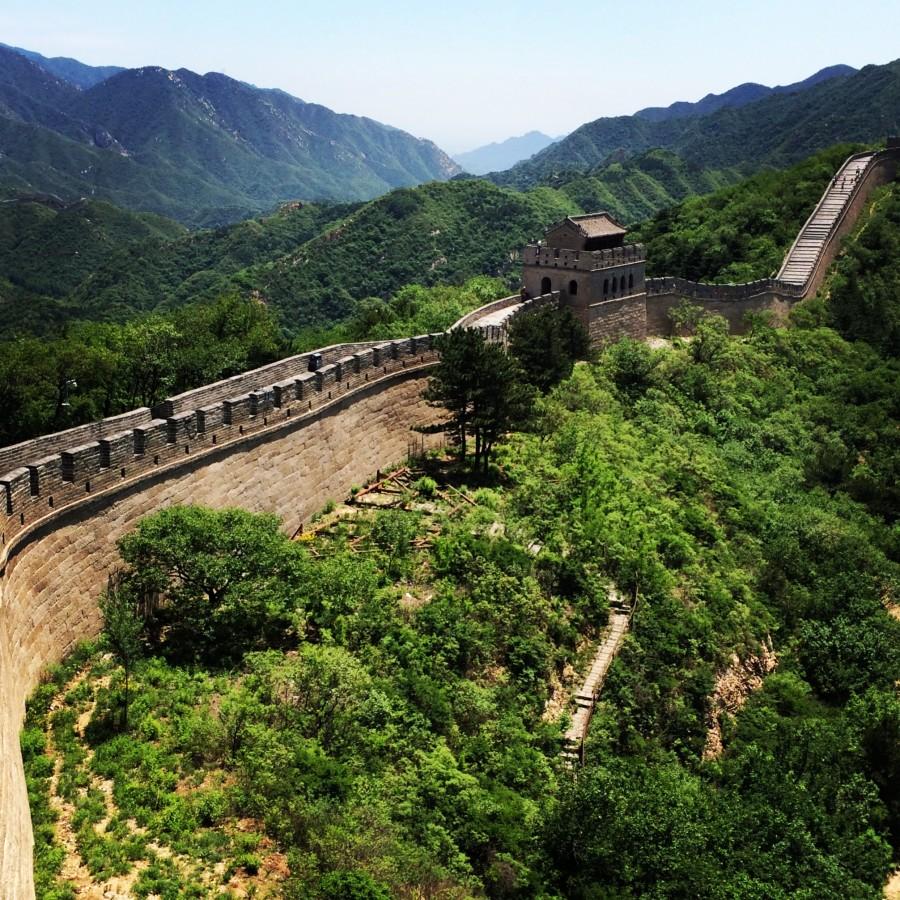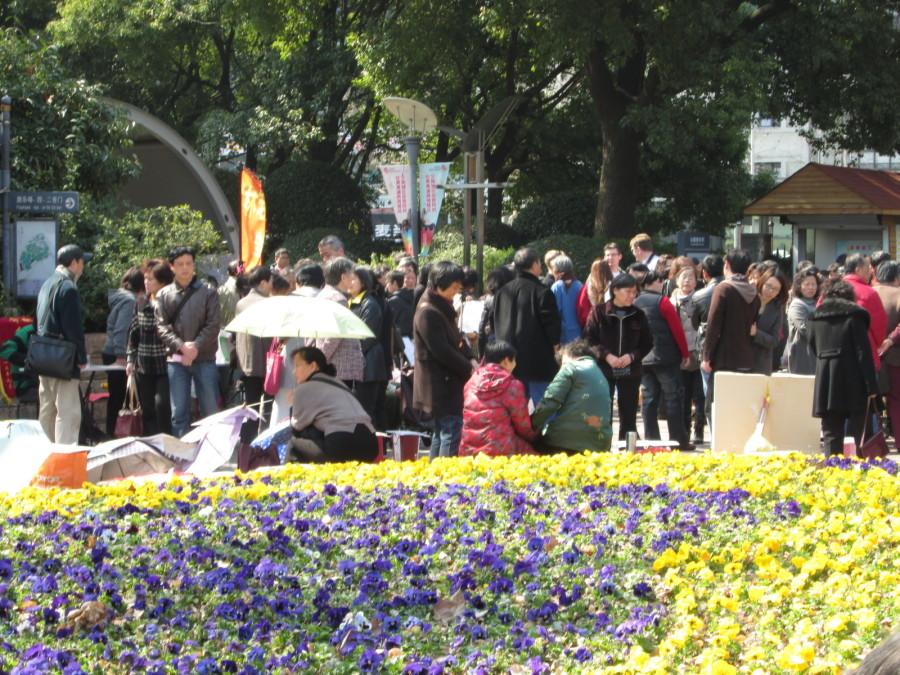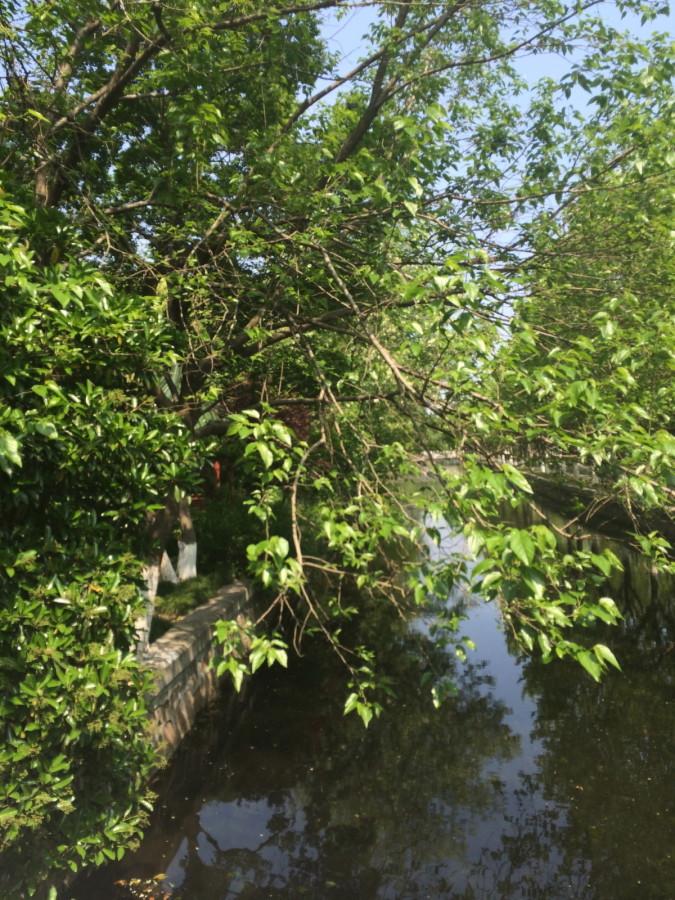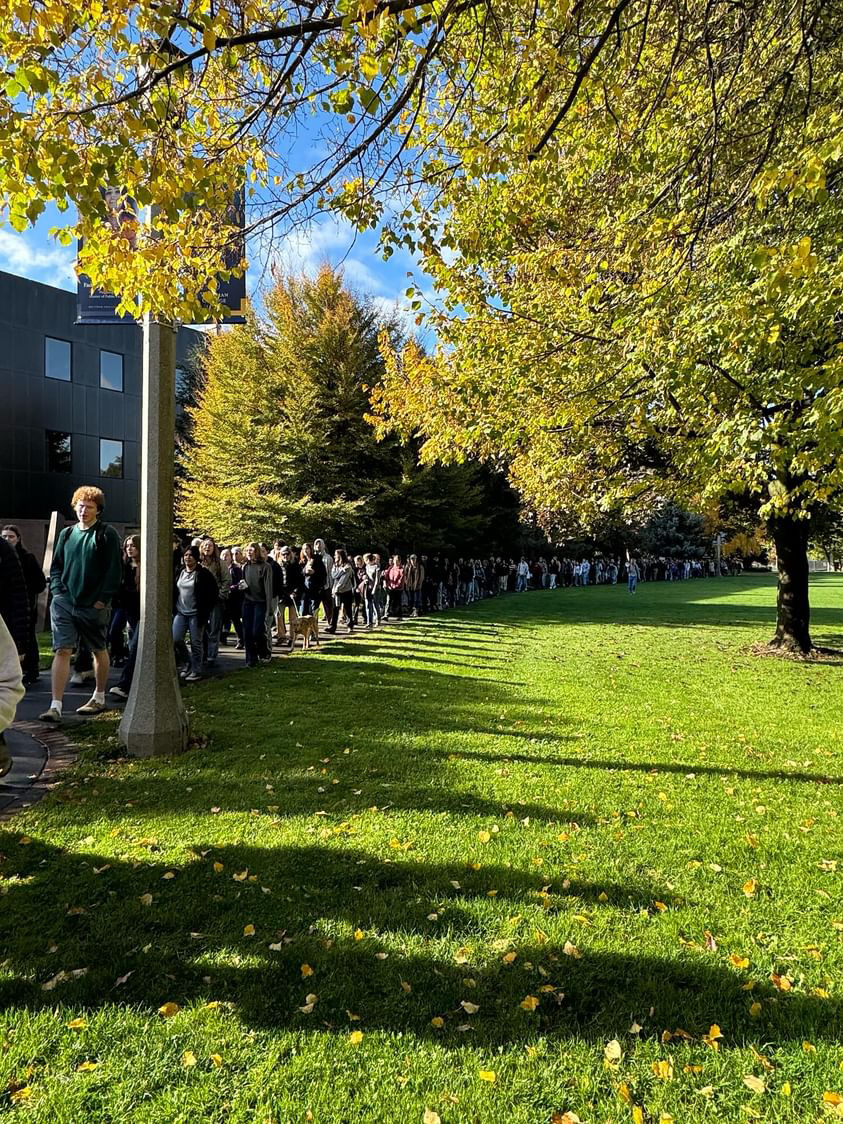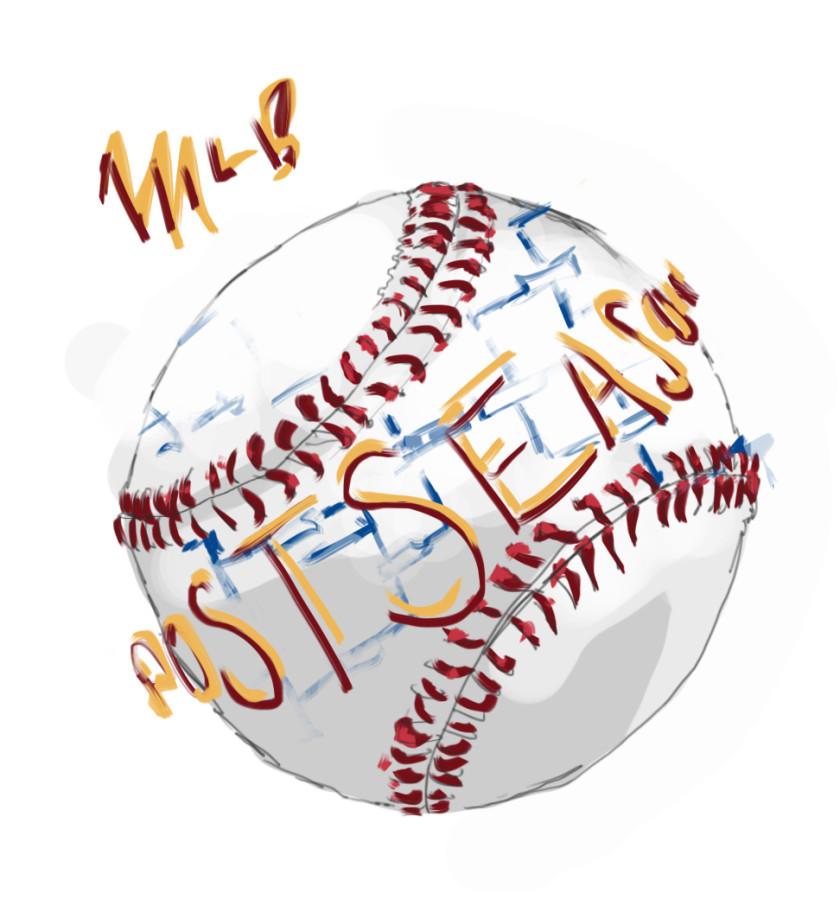Today was my first day in Shanghai without CIEE orientation activities, so with my trusty Lonely Planet guidebook in hand, I headed for Old Town Shanghai. There are 11 districts in Shanghai and Old Town is one of them. I chose to spend the day in Old Town because it’s supposedly the “most traditionally Chinese area of Shanghai” (Lonely Planet, Harper & Pitts).


It took me about 45 minutes via subway to get to Old Town and even though I had to transfer onto three different lines, I cannot say enough good things about Shanghai’s metro. It’s super convenient with 13 different lines, trains arrive every two or three minutes, each station has tons of signs to direct you where to go, and both trains and stations are clean and well lit. After arriving at the Yuyuan Garden stop (豫å›ç«™), I wandered outside trying to orient myself with a map. I’m generally not the best with directions, but walking around Shanghai is also very convenient because all the street signs have Chinese characters in addition to pÄ«nyÄ«n (Ex: æ²³å—å—è·¯, S Henan Road). PÄ«nyÄ«n is the romanization of Chinese words, so you can read the words (more or less) even if you don’t know the characters.
My first stop in Old Town was the Old Shanghai Teahouse (è€ä¸Šæµ·èŒ¶é¦†). So far, I’ve only had green tea and I was craving anything different. It was a little difficult to find because it was located on the second story of the street and all along the first floor of the street were little shops with people selling souvenirs, antiques, and everything in between. The host was very kind and spoke a decent amount of English, although I asked my questions in Chinese. He did respond in English though, which I found a little odd since most people I’ve communicated with respond in Chinese as soon as I start speaking Chinese. I ordered jasmine flower tea, some Shanghai soup dumplings, and settled down for some people watching.

I didn’t have to wait long because two older men, wearing fuschia, flower-printed shirts soon walked in with traditional Chinese instruments and began playing. They were very talented and it added a lot of ambiance to the little tea-house. I didn’t realize how expensive tea shops are in China––I paid 55 yuan (11 USD) for my jasmine flower tea. However, in Chinese tea shops, you get a whole pitcher full of hot water to keep adding to your tea leaves or tea flowers. Once the host brought the jug, I was a little more satisfied with the price but I should have been much more careful about how much tea I drank because public toilets don’t really exist (or at least I have yet to see them anywhere). Tip for those in need of a bathroom, fast: metro stations.
For the rest of the afternoon, I visited Temple of the Town God 城éšåº™ (Daoist), ChéngxiÄng Gé Nunnery æ²‰é¦™é˜ (Buddhist), and Wén Mià o 文庙 (Confucian). There were tons of tourists (mostly Chinese) in the Daoist and Buddhist temples. The courtyards were filled with people holding long sticks of burning incense and bowing in the four cardinal directions. Then in each of the main buildings, there were kneeling stools which everyone took turns using to pay their respects to the Town God or the Buddha (if only people waited as patiently to get on and off the metro as they did to pray at these temples).


After wandering around the Daoist and Buddhist temples, I hopped back on the metro and traveled a stop further to go to the Confucian temple. I hadn’t initially intended to go because it was pretty far away from the other two temples but I am so glad I did. It was by far the highlight of my day. The Confucian temple was tucked away on side street, well off the main roads, which allowed it to be almost completely silent inside (an anomaly in Shanghai). I was the only visitor while I was there and the complex was so peaceful and beautiful. I’ve included some photos below that only begin to capture the tranquility of the temple.


I spent over 45 minutes walking around all of the different rooms––there was the main hall with the statue to Confucius, a tea pot museum, gift shop to support local Confucian students, gallery of ancient Chinese texts, and various hallways villed with all sorts of art. This temple was significantly larger than the other two I had visited but yet, there was no one there. My only guess is because it is a little ways from the central streets of Old Town, but it is definitely worth the metro ride/walk.

During my stay at the Confucian temple, it began to rain and when it rains in Shanghai, it gets chilly really fast, so I decided to head back home. Three interchanges and one wrong turn later, I was back in familiar territory, eating dinner with my Chinese host mom.
To a successful day of adventuring!
-The Little Sparrow




